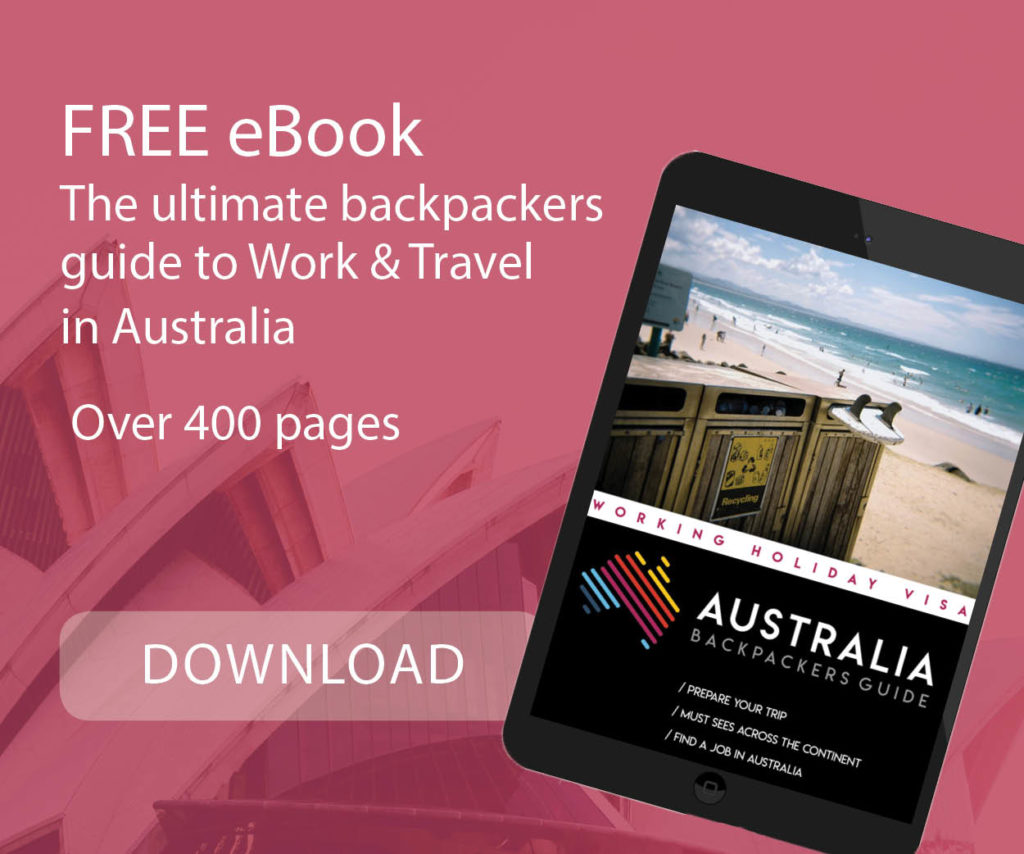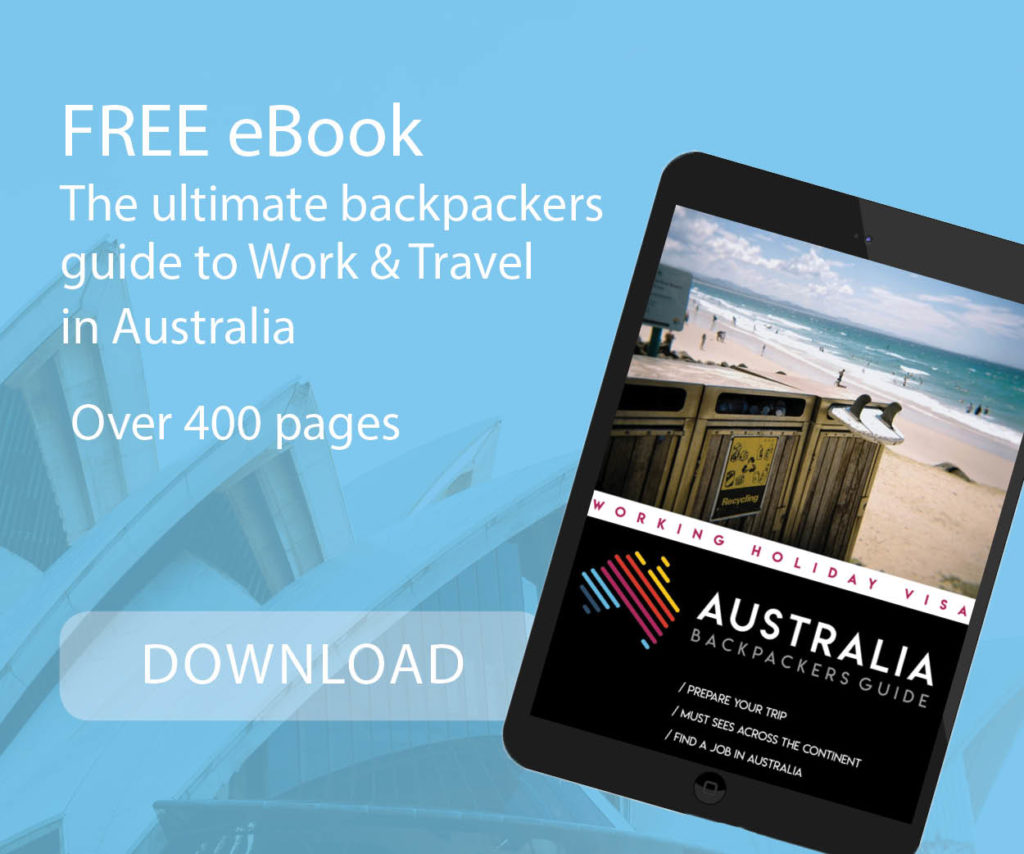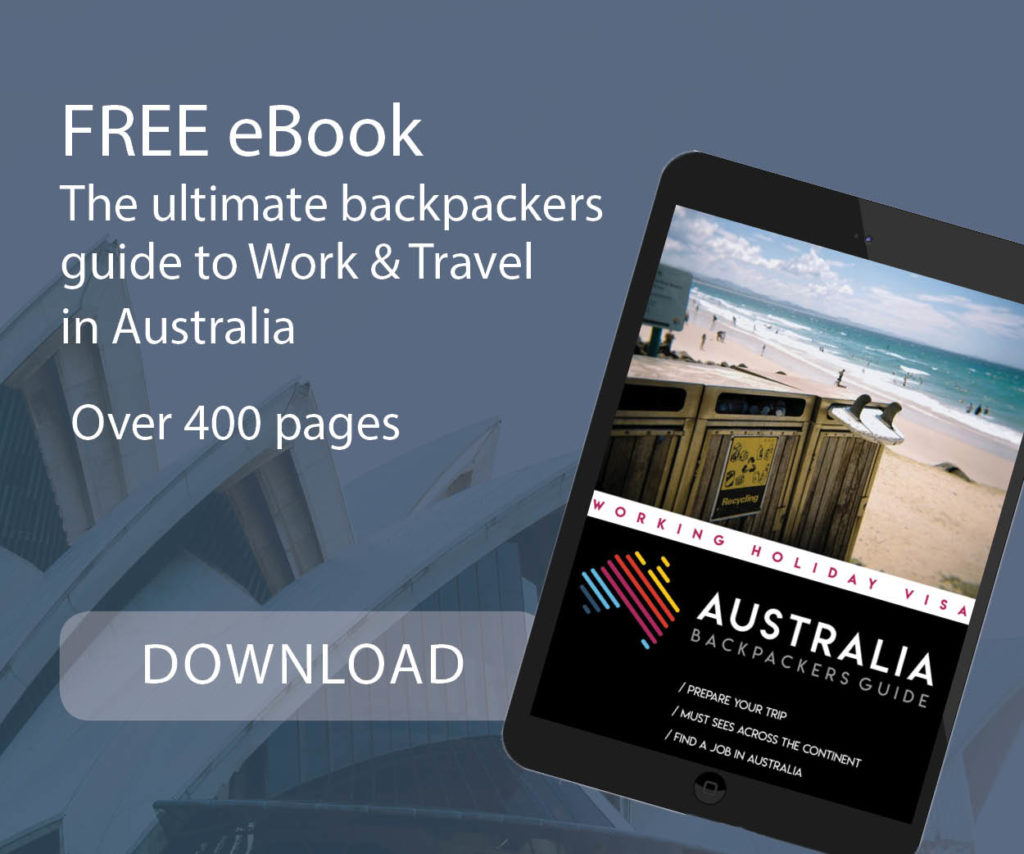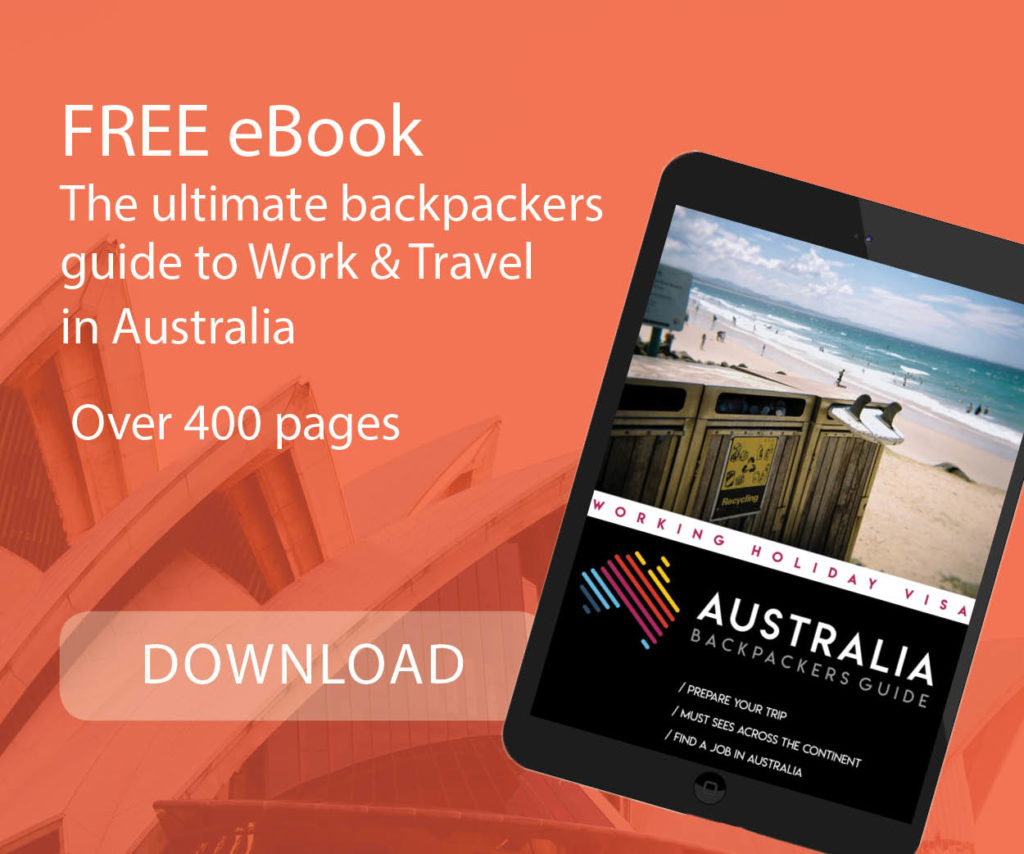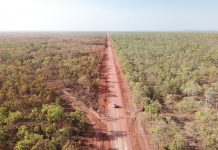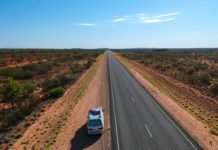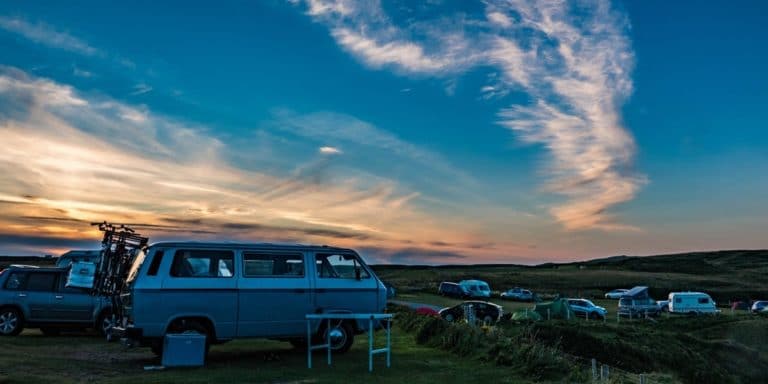
Embarking on a road trip across Australia offers an unparalleled adventure through diverse landscapes, from the rugged Outback to pristine coastlines, lush rainforests, and vibrant cities. One of the best ways to experience the true essence of Australia is by camping, allowing you to connect with nature, explore hidden gems, and enjoy the freedom of the open road.
Table of Contents
Can we Camp and Sleep everywhere in Australia?
First of all, wild camps are generally banned in Australia, which is why you should stick with the free camps. Camping in in residential areas is prohibited and if caught you will be fined.
The eight places you can legally sleep
| Category | Typical cost (2 adults) | Facilities | Booking needed? | 2025 tip |
|---|---|---|---|---|
| Rest areas / road‑side stops | A$0 | Toilets, tables, bins | No | 24–48 h limit, no tents |
| Freedom / bush camps | Donation–$10 | Drop loo, fire pit | Rarely | Vehicle must be self‑contained in WA/TAS |
| Showgrounds & rec reserves | $10–25 | Hot showers, power (extra) | Seldom | Closed during events |
| National‑park campgrounds | $7 pp – $89 site | Toilets, tables, water (some) | Yes (all states) | NSW adds high‑season Tier 3 $89 from Dec 2025 |
| State‑forest camps | Free–$20 | Basic | Some NSW/VIC | Great overflow when NPs full |
| Caravan‑park unpowered | $25–$70 | Full amenities | Yes peak | Peak rates +15 % 2025 |
| Caravan‑park powered | $35–$95+ | Power, water, dump | Yes | Look for off‑peak deals |
| Farm stays / Hipcamp | $15–$45 | Varies | Always | New Instant Book filter 2025 |
Fortunately, Australia has an infrastructure that’s perfect for every camper. In almost every park there are clean public toilets. On the beach you can take a shower, there are many taps to fill drinking water canisters. There are also many public barbecues that make cooking easier. So, if you want, you can enjoy the sunset right on the beach and use one of the free barbecues there.
Sleeping in your Vehicle in Free Camp areas
In Australia there are different ways of camping: caravan parks, camp spots, rest areas and unauthorized spots.
Rest Area
The rest areas are suitable for people who simply want to stop to sleep to get back on the road as soon as possible the next day. Depending on the place you are at, commodities, etc., they allow you to set up your tent or park you van for the night. Commodities are usually pretty simple with a tap, sometimes toilets and rarely some showers.
The downside? They are on the side of the road and can be noisy. Especially if they are accessible to heavy vehicles.
Freecamp
Freecamp is the peak of freedom. Here you are with your camp in the middle of nature. Goodbye drinking water, toilets, shower, electricity and 4G. Make sure to set up your camp in well-defined areas. To make sure of this, use the WikiCamps and CamperMate apps.
Sleeping in your Vehicle in Paid Camping areas
Caravan Parks
They offer all commodities, shower, toilets, washing machine, kitchen, sometimes even a TV room or a swimming pool. They are extremely common in Australia and usually indicated by blue signs on the road.
Paid Camp spots
Everywhere in Australia there are some camps spots for people to stop by. Not all camp spots are free but when you have to pay, they are usually inexpensive. In general as soon as the spot is located in a tourist area, camp spots are made available to travelers for a few dollars a night. Rates are quite variable depending on location, type of location (tent / van) and amenities. Although they are usually limited, you will usually find water and dry toilets (sometimes showers and electricity).
National Park and State forest Campgrounds
With more than 500 National Parks in Australia, you’ll probably spend a night in one of them. Rules are pretty strict. Usually collecting fire wood is prohibited and taking plants or animals is strictly prohibited. Facilities available vary from showers and toilets to no facilities at all.
Guides to Camp in Australia
To be aware of all the information about camping in Australia we strongly advise you to get one of those guides:

Camp Australia wide
HEMA maps – $80
You will find it in most bookstores, NRMA agencies and some service stations. You can also order it online at www.campsaustraliawide.com. It is the most popular guide in Australia..

Cool Camping Australia
You will find it in bookstores at a price around $15.
In both guides you will have many maps, itineraries, campsites, etc. All the information a backpacker needs for his road trip around Australia.
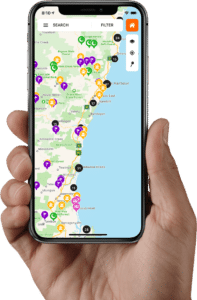
Wikicamp
Mobile application – $10
Available for IOS, Android and Windows.
You will find the same information as in the books. The advantage is that people using the app can leave comments to inform the community about any update on the information given. For instance if a free camp isn’t available anymore or closed for a short period, people will write it in comments.
65 000 sites + EV‑charger filter

CamperMate
Mobile application – Free
This application is just as practical as WikiCamps, but a little less complete. It remains compatible with Apple and Android mobiles and tablets. Test before buying WikiCamps!
Download offline maps before leaving 4G zones – coverage still patchy away from Telstra towers.
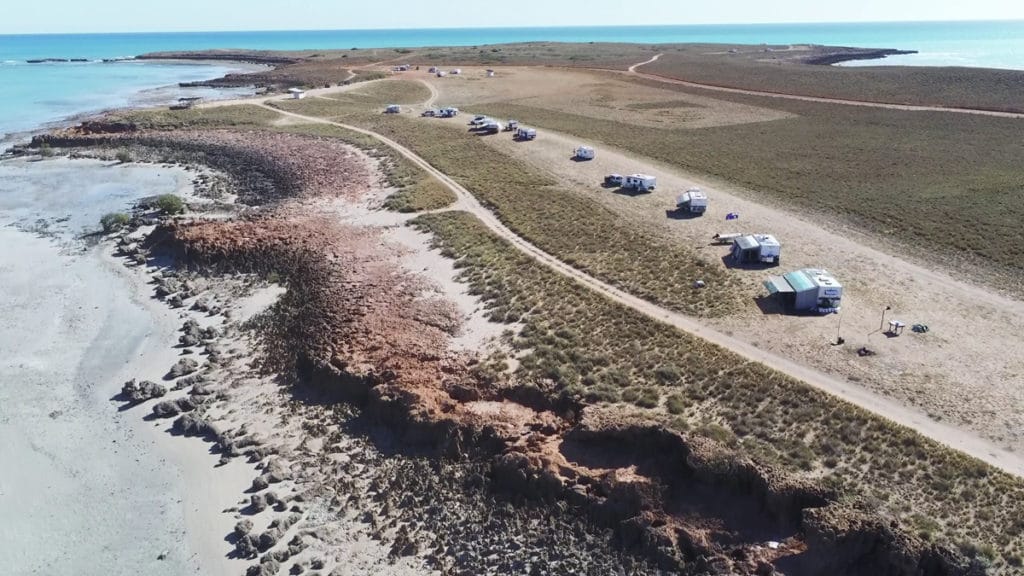
How to Find Free campsites in Australia?
Many newcomers to camping will often purchase the free camping books but, a simpler way with more options is to download the very popular camping apps such as Wikicamps or Campermate. These apps will not only help you find the nearest free campsite but will also show the nearest public toilet, library, potable water stations, dump points etc. Another great feature of the apps, that the books do not contain, is a comments page. Other travellers reveal which campsites are recommended and which ones you should stay away from due to mosquitoes or other inconveniences.
You can also check the Australian government’s national parks website to find free camping spots.
Visit local tourist information centres or talk to locals and fellow travellers. Often, the best spots are those not widely advertised. Locals can also provide you good tips on where to sleep for free in great spots!
New rules & fees 2024‑25
NSW – three‑tier pricing confirmed
Full rollout from Dec 2025: Tier 1 off‑peak $34, Tier 2 shoulder $54, Tier 3 high‑season $89 at premium sites (e.g. Woody Head).
Queensland – small increase + family cap
From 1 July 2024: $7.25 adult, $29 family/night via new QLD Parks Booking portal.
Victoria – free deal ends
131 free campgrounds revert to 50 % off standard rates from 1 July 2025 (e.g. $28 → $14 per site).
Western Australia – simplified bands
DBCA now lists Basic $11, Standard $15, Comfort $17 per adult; family cap still applies.
Byron Bay & Margaret River crack‑downs
Fines $300+ for illegal street camping; rangers patrol sunrise carparks.
🚐 5% Discount with Travellers Autobarn
Travellers Autobarn is offering a 5% discount to Australia Backpackers Guide readers with promo code GUIDEEN
Campfires risks
In the Australian drought, before making a campfire find out in advance if there are any fire restrictions in the area. Most of Australia prohibits open fires in the dry months to avoid bushfires. If campfires are allowed, take care to keep them under control. Properly clear them at the end of the night. Total‑fire bans – check state apps daily; even gas stoves banned on catastrophic days.
Remember, free camping in Australia, as well as other public facilities are a great privilege. They are provided by the states free of charge to make the regions attractive. However, if these facilities are littered or damaged, they will probably be closed or become a paid site. This will give the next traveller the opportunity to stand in the same incredible place as you could.
Places to Camp in Famous Areas
The Red Centre – Uluru-Kata Tjuta National Park, Northern Territory
Camping near Uluru, the spiritual heart of Australia, is an experience like no other. The Ayers Rock Campground offers powered sites for caravans, campervans, motorhomes, and camper trailers, as well as non-powered sites for pitching a tent under the stars. Witness the majestic beauty of Uluru at sunrise and sunset, explore the domes of Kata Tjuta, and learn about the rich Indigenous culture of the area.
Great Ocean Road – Bimbi Park, Victoria
Located in Cape Otway, Bimbi Park is nestled among the eucalyptus trees, offering a peaceful retreat after a day of exploring the Great Ocean Road. The park provides a range of camping options, including powered and unpowered sites, with access to the stunning beaches and rainforest walks. Don’t miss the nearby Twelve Apostles and the ancient Otway rainforest.
The Kimberley – El Questro Wilderness Park, Western Australia
The Kimberley region is known for its breathtaking landscapes, and El Questro Wilderness Park offers a base to explore this remote paradise. With camping options ranging from private riverside spots to a fully serviced campground, El Questro is the perfect place to unwind and discover the gorges, thermal springs, and unique wildlife of the Kimberley.
Tasmania – Bay of Fires
For those seeking a coastal escape, the Bay of Fires on Tasmania’s northeast coast offers pristine white sand beaches, crystal-clear waters, and secluded camping spots. The area is managed by Parks & Wildlife Service Tasmania, providing basic facilities for a true nature experience. Explore the nearby lagoons, go snorkeling or kayaking, and enjoy the tranquility of this untouched paradise.
Fraser Island – Central Station Campground, Queensland
Fraser Island, the world’s largest sand island, offers an adventure for 4WD enthusiasts and nature lovers. Central Station Campground is set in a lush rainforest, providing a cool retreat and a central location to explore the island’s highlights, including Lake McKenzie, the Maheno Shipwreck, and the Champagne Pools.
The Daintree Rainforest – Noah Beach Camping Area, Queensland
Experience the ancient beauty of the Daintree Rainforest, the oldest rainforest in the world, by camping at Noah Beach. Just 50 meters from the beach and surrounded by the dense rainforest canopy, this campground offers a unique opportunity to connect with nature and explore the rich biodiversity of the area.
Kangaroo Island – Flinders Chase National Park, South Australia
After the 2019/2020 bushfires, Kangaroo Island is recovering, and camping is once again available in Flinders Chase National Park. This offers a chance to support the island’s regeneration efforts while enjoying its natural beauty. See the Remarkable Rocks, Admirals Arch, and the island’s abundant wildlife, including kangaroos, koalas, and echidnas.
How to rent a cheap camper or van in Australia?
There are a few things you can do to get a better deal. Firstly, book your camper well in advance. Secondly, rent your camper from a rental agency in a big city (more information below). Thirdly, choose an older model, these are always cheaper, but are just as good. Lastly, rent the camper for a longer period rather than just a few days. The longer the rental period, the lower the daily rates.
If you could not be bothered searching the entire internet to compare rental agency prices, use one of the many price comparison portals. We recommended using Motorhome republic. The comparison search is free, and you can even book online.
For more information about your road trip in Australia check out these articles:





